What’s the Difference Between Boudoir and Erotica? Let’s Talk
Exploring the Fine Line Between Boudoir and Erotica
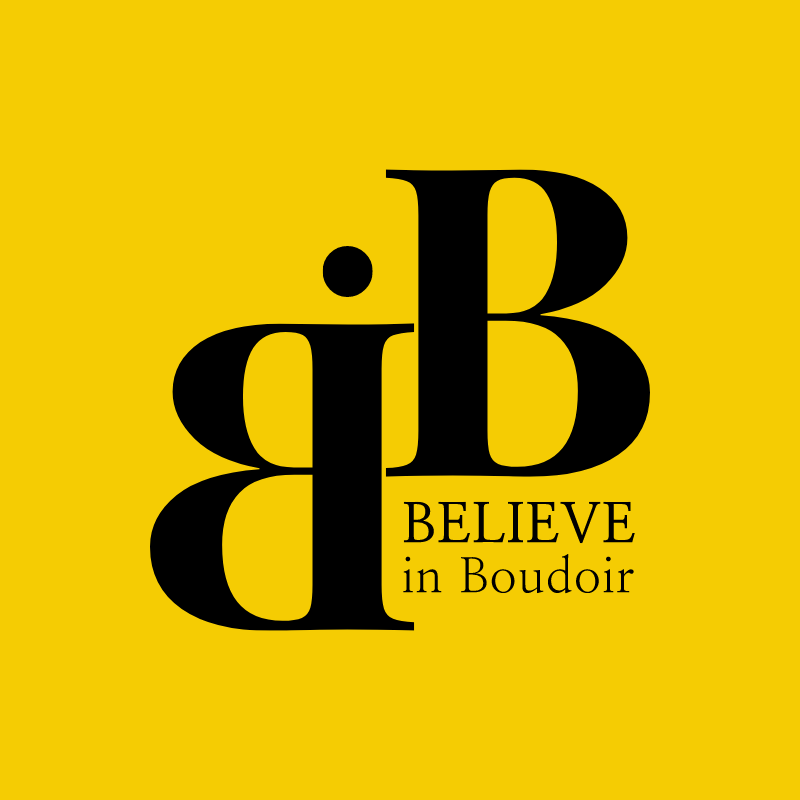

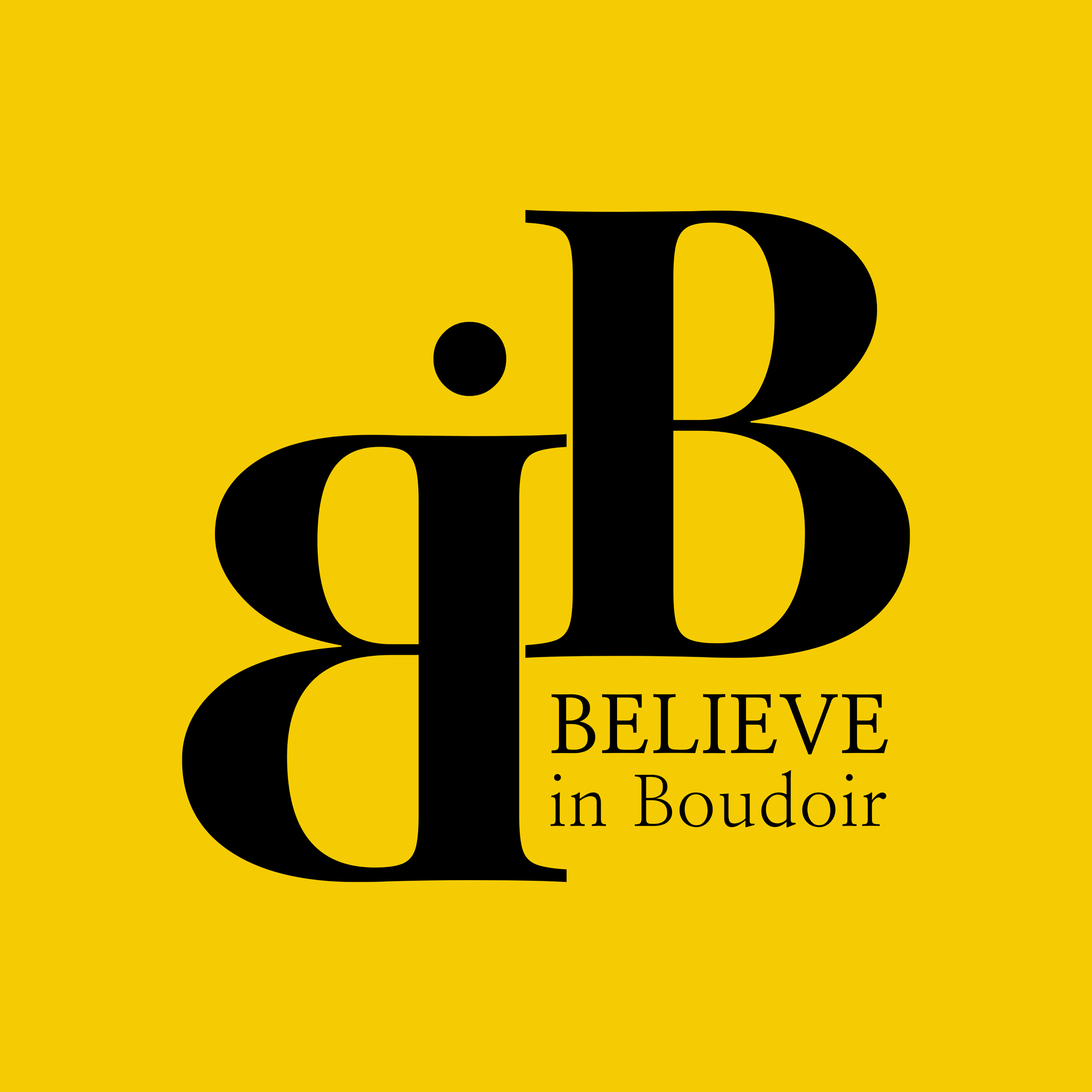
Exploring the Fine Line Between Boudoir and Erotica

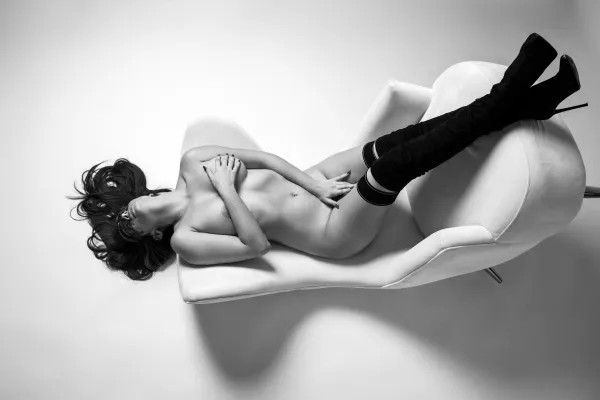
Let’s take a deeper look into the world of intimate photography—specifically, the often-confused genres of boudoir and erotica. While they may appear similar at first glance, these two forms of artistic expression are distinct in purpose, mood, and execution.
Boudoir and erotic photography are both rooted in sensuality, but they serve different creative and emotional intentions. Unfortunately, the terms are often used interchangeably, leading to confusion among both photographers and clients.
In this blog, we’ll explore the key differences between boudoir and erotic imagery, why it’s important to understand those distinctions, and how they each play a role in modern photography. I’ll also be sharing a video demonstration showing how to evolve a pose from boudoir to erotic—so you can see the visual and emotional shift in real time.
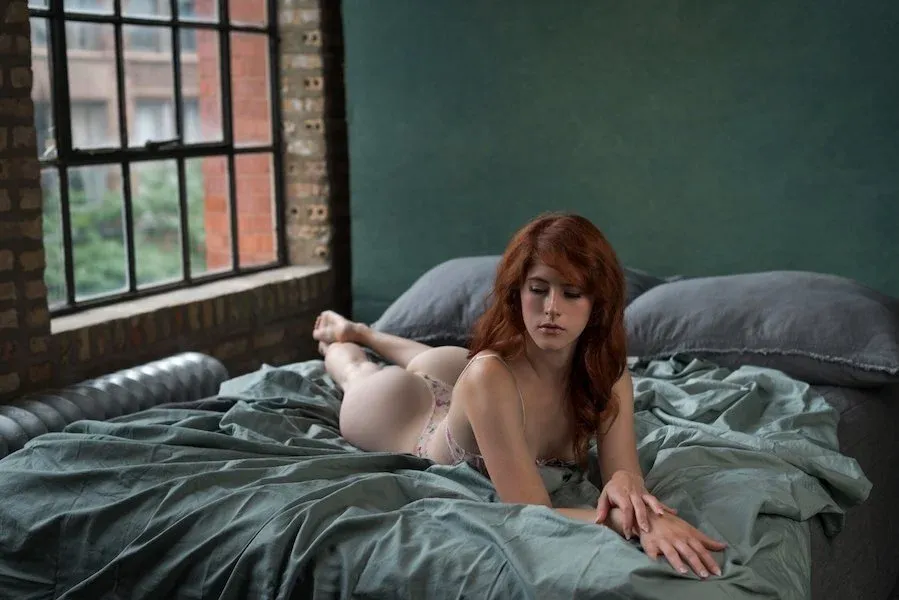
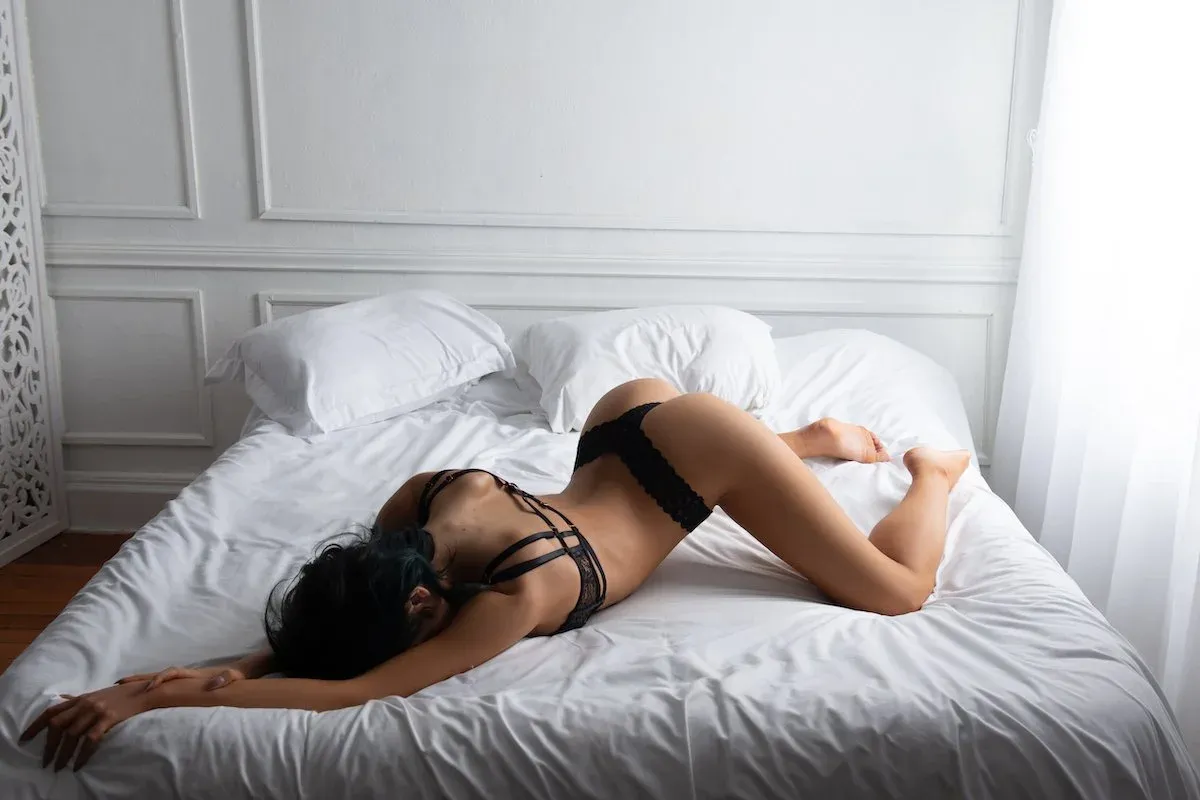
Boudoir Image vs. Erotic by Yuliya Panchenko
Let’s start with boudoir. At its core, boudoir photography captures intimate, romantic portraits—often set in a bedroom or softly styled space. The word “boudoir” itself originates from French, meaning “a woman’s private room,” setting the tone for privacy, elegance, and allure.
What’s the Purpose?
Boudoir is a celebration of self. It’s about embracing your beauty, showcasing your confidence, and creating timeless, sensual portraits that feel natural and empowered.
The Mood:
Soft, dreamy, and flirtatious—with just enough edge to keep it intriguing. Boudoir leans into suggestion rather than exposure, offering a subtle, tasteful tease.
Wardrobe & Styling:
Classic lingerie, cozy robes, silk sheets, or sheer fabrics are often used to enhance the form while keeping things elegant. The goal is to flatter and empower—not to reveal everything.
Who’s It For?
Often, these sessions are done as a personal gift—to yourself or a partner. Whether it’s a romantic gesture or a confidence-boosting keepsake, boudoir is meant to be as empowering as it is intimate.
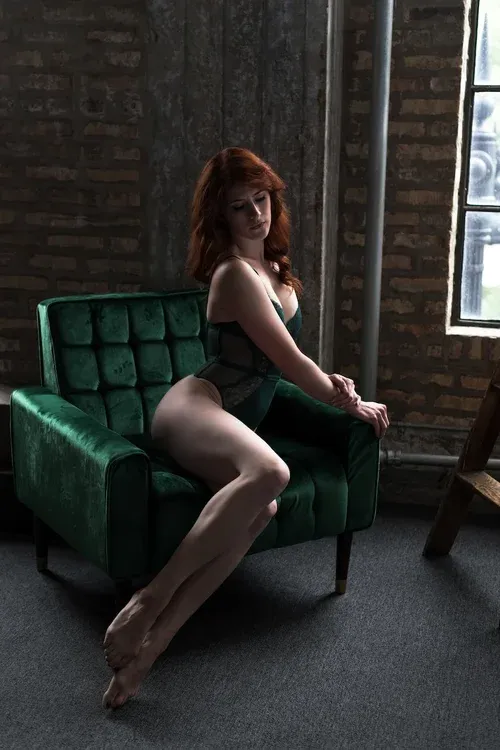
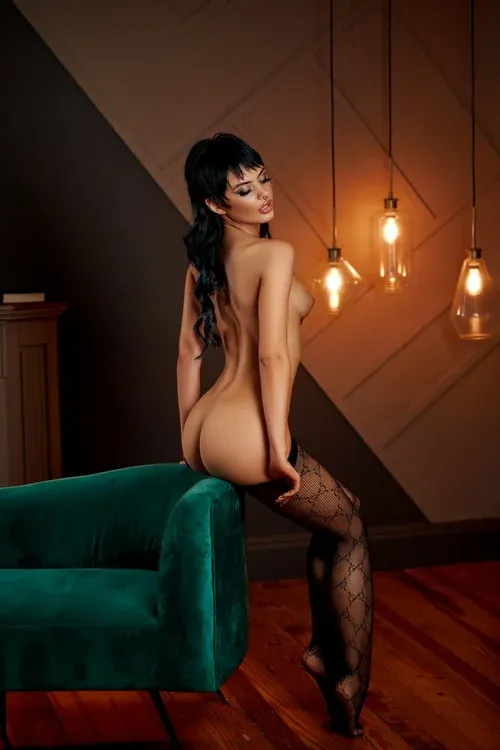
Boudoir Image vs. Erotic by Yuliya Panchenko
Erotica explores the more provocative and sensual side of visual storytelling. Unlike boudoir, which leans into subtlety, erotic photography embraces direct expression and raw intimacy. And it’s not limited to photography—erotica spans across literature, film, and other art forms.
The Purpose:
Erotica is created with a clear intention: to arouse, to stimulate, and to push boundaries. It doesn’t shy away from desire—it leans into it.
The Tone:
Ranging from a slow, seductive tease to explicit sensuality, erotic imagery is unapologetically bold. It invites viewers to experience intensity and passion in a more overt form.
Styling & Wardrobe:
Outfits may be minimal—or absent altogether. The focus is on the human form, expression, and physicality. The body becomes the canvas.
Audience:
Erotica is created for a variety of viewers—ranging from personal commissions to art collectors and commercial platforms. It’s a genre that often challenges norms and sparks conversation, both in private and public spaces.

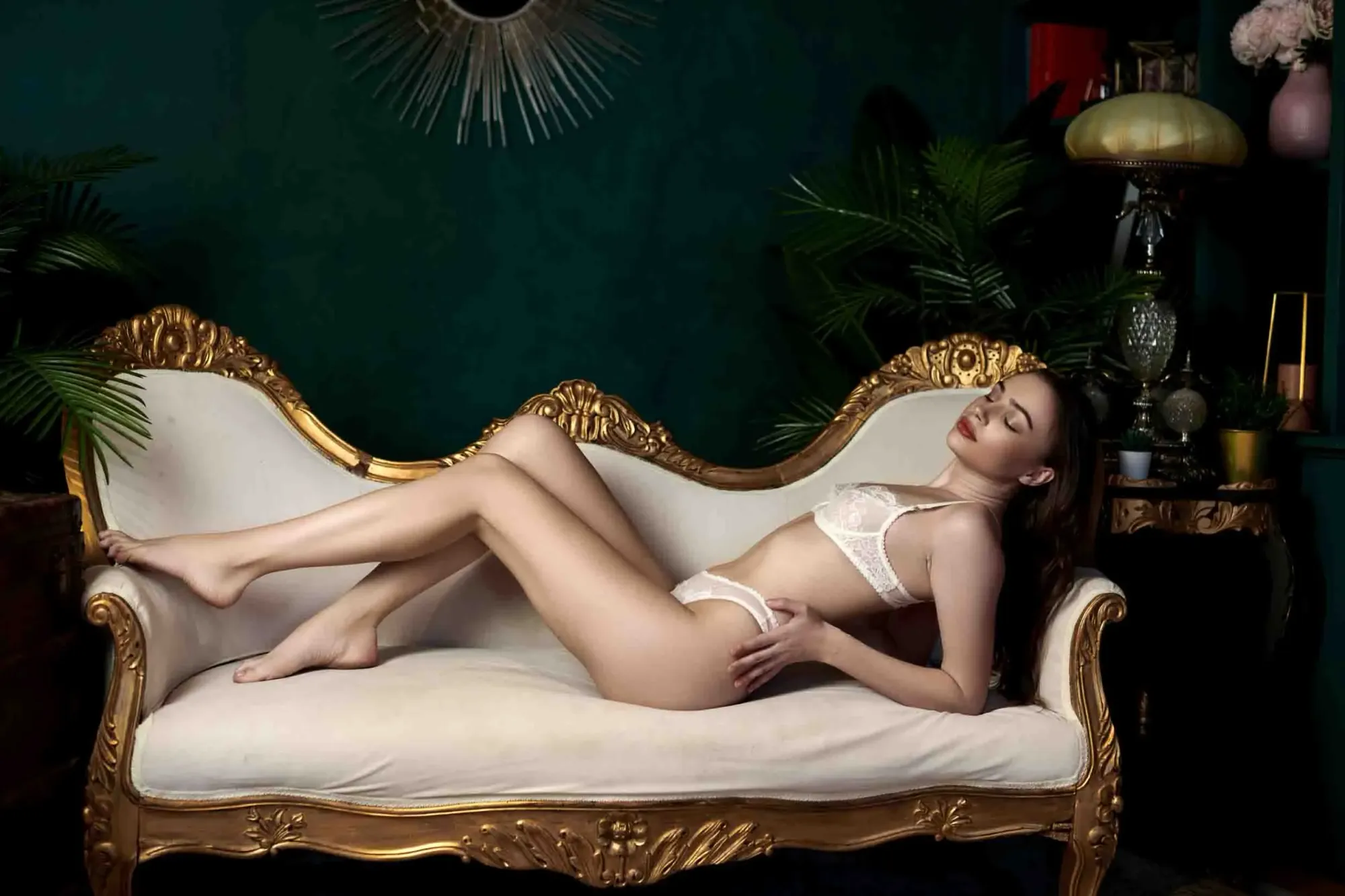
Boudoir Image vs. Erotic by Yuliya Panchenko
Intentions:
Boudoir is about empowerment, confidence, and self-celebration—it’s like a quiet moment of self-assurance. Erotica, on the other hand, is driven by passion and desire, often aiming to evoke arousal through bold storytelling.
Level of Reveal:
Boudoir suggests more than it shows, maintaining a sense of mystery and elegance. Erotica embraces exposure, where the body is central to the narrative and nothing is held back.
Setting & Mood:
Boudoir feels like an intimate, candlelit moment—soft, romantic, and emotionally charged. Erotica carries the energy of something more daring and uninhibited, with heightened intensity and provocation.
While both genres share themes of sensuality and body confidence, they offer distinct experiences. Boudoir focuses on subtlety, self-love, and elegance. Erotica ventures into bold, unfiltered territory meant to captivate and provoke.
No matter which path you choose—or if you blend both—the heart of it all lies in personal expression. Whether you’re creating for yourself or a wider audience, your intention is what defines the art. Own it. Celebrate it. And create with confidence.
Learn Boudoir Photography on BIB TV